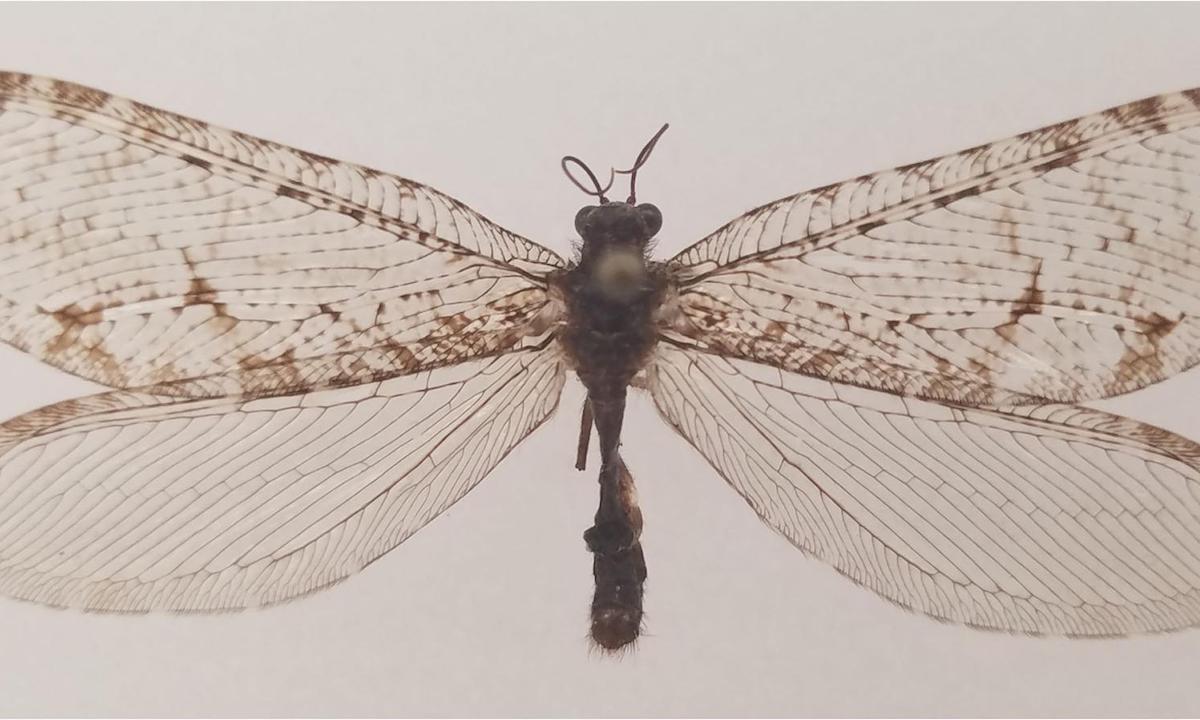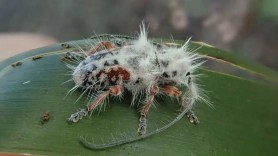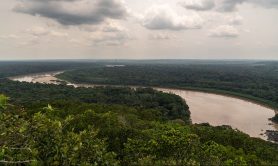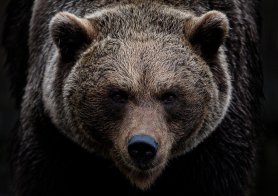

Walmart: home to great prices, affordable basics, and…giant Jurassic-era insects?
Videos by Outdoors with Bear Grylls
In 2012, a man named Michael Skvarla had an unforgettable experience during a routine trip to a Walmart in Northwest Arkansas. While on his way to buy milk, he stumbled upon a massive insect on the side of the building. It was far too huge not to catch his attention, so he did what many of us would do. He picked it up. Just kidding, most of us probably wouldn’t do that.
But Skvarla, director of Penn State’s Insect Identification Lab, did. He performed a quick study of it, and decided the bug was an antlion, a fairly common insect that feeds on ants.
Then, in the fall of 2020, while teaching an online course on insect biodiversity and evolution, he realized the bug wasn’t what he thought it was. He and his students started researching, and they discovered that the insect he found at Walmart wasn’t an antlion at all. It was a giant lacewing, an extremely rare flying bug that’s been around since the Jurassic period and was previously thought to be extinct.
Giant lacewings were once commonly found throughout North America but disappeared from the eastern part of the continent by the 1950s for unknown reasons. Skvarla’s discovery of the specimen in Arkansas was actually the first recorded sighting of a giant lacewing in eastern North America in more than 50 years.
“It was so gratifying to know that the excitement doesn’t dim, the wonder isn’t lost. Here we were making a true discovery in the middle of an online lab course,” said Codey Mathis, one of Skvarla’s students, in an interview with The Independent.
Skvarla’s research on the giant lacewing was published in November 2020 in the Proceedings of the Entomological Society of Washington. In his paper, he suggests that the bug may have residual populations in Arkansas that are still yet to be discovered.
The discovery of this specimen is an excellent example of how even in a run-of-the-mill situation, there are still a tremendous number of discoveries to make about insects, Skvarla wrote.









